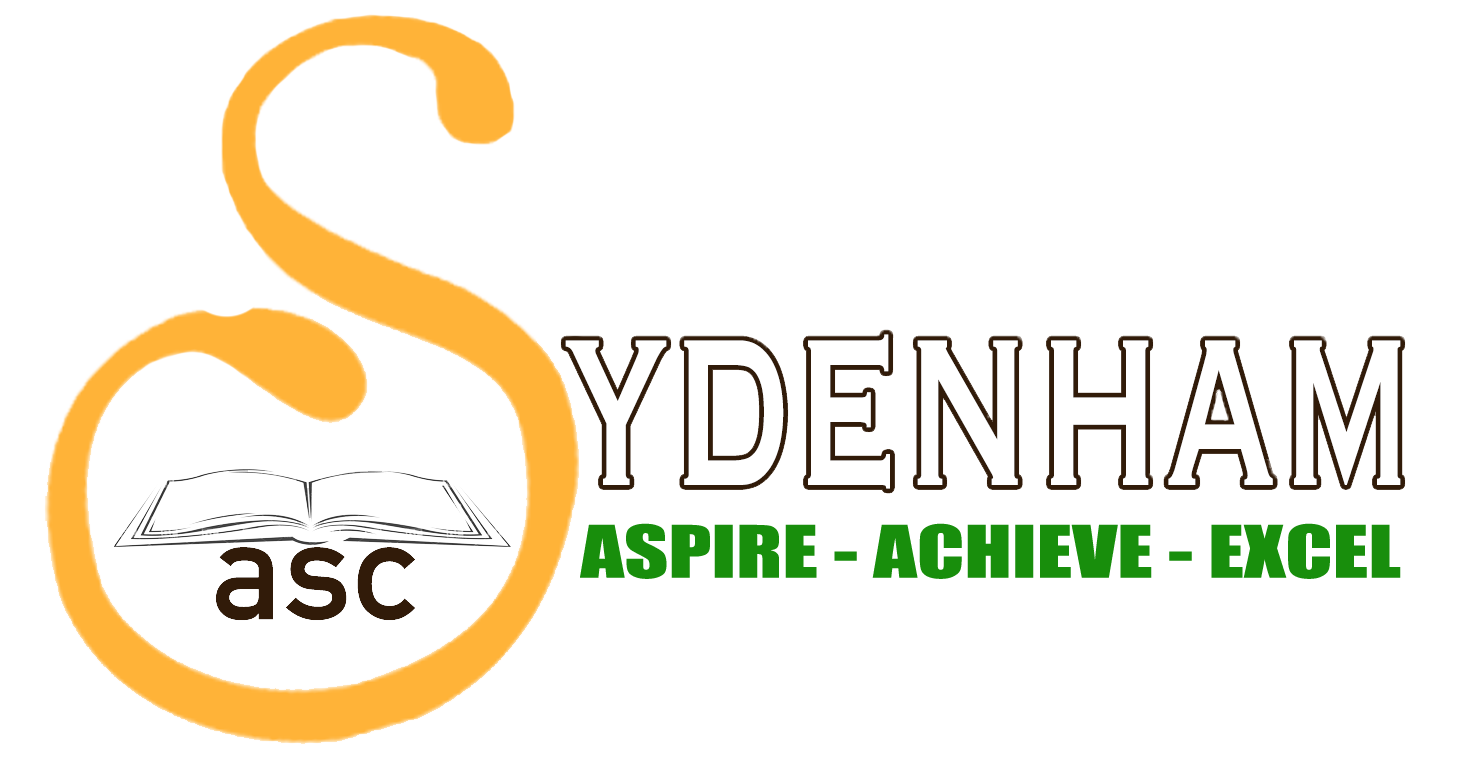A brief guide to SATs.
Testing at Key Stage Two takes place in set weeks during May.
A Glossary of Terms.
Key Stage 1 – Infant School
Key stage 2 – Junior School
Key stage 3 & 4 – Secondary School
Level – A method of comparing your child’s ability against local and national standards of achievement. The spread of marks required to achieve each level is wide. It takes, on average, two years to complete each level. At the end of Key stage 1, an average ability child is expected to have gained level 2 and at the end of Key Stage 2 level 4. A child who achieves level five is doing very well. A child who passes GCSE at grade C has achieved level seven.
Schools do not use levels anymore but tend to use `expected` `above` and `below` target. In this centre we still use levels as this gives a more detailed picture of your child`s attainment
Level descriptors – This is what teachers use to decide what level a child is working at.
Teacher assessment – level given to child by teacher based on work throughout the year.
SATs – tests given at the end of each year to show progress.
National Tests – The name given by the Government to the statutory tests in the Core and Foundation subjects of the National Curriculum, taken by all children in Local Authority schools in England, Wales and Northern Ireland at the end of Key Stage 1 to 3 (ages 7, 11 and 14 in England and Wales). They are sometimes referred to as ‘SATs’ (Standard Assessment Tasks).
What do Sats tests show?
The idea of the SATs is to show what pupils have learnt and retained during the year. The tests help teachers learn more about the strengths and weaknesses of what your child understands about a subject.
What are the children tested on?
The children are tested on all of the work they have covered in all year groups so far. Year 6 children are tested on Maths and English. Years 3, 4 and 5 are only tested in Maths and English,and have Science assessments through out the year.
Formal assessments take place through out the year. SATs results rarely hold any surprises for the teaching staff.
What form will the tests take?
The format of the tests varies from year group to year group, as does the timing, but on average they have:
| English | Paper 1.English grammar, punctuation and spelling
Paper 2. Spelling Paper 3. Reading |
| Maths | Paper 1. Arithmetic
Paper 2. Reasoning Paper 3. Reasoning |
How will the results be reported?
Year 6 S.A.T.s tests are sent away for marking and are handed out as soon as they arrive back in school. The reports are accompanied by an additional sheet that states the test level and a teacher assessment. Both carry equal weighting. The sheet also details how the child fairs in comparison to the national and the school averages.
Teacher assessment is based on descriptions of what a child should achieve at each level. Children are assigned a level that ‘best fits’ their level of achievement.
What do the results of all the tests mean?
The results show whether or not your child has reached the expected National Curriculum level for their year group.
Every school will have set a target for a certain percentage of pupils to reach the expected levels in English and mathematics. The results will show whether your child’s school has managed to achieve that target.
The Government has set national targets for performance at the end of Key Stage 2. These targets are that, by 2002:
80% of pupils will achieve National Curriculum level 4 in the English tests; and
75% of pupils will achieve National Curriculum level 4 in the maths tests.
What is teacher assessment?
Teachers are required to summarise their assessment at the end of the key stage, giving a level for each attainment target in English, mathematics and science. They must give an overall subject level in mathematics and science and English.
What guidance is given to teachers on assessment?
The level descriptions in the national curriculum are the basis for judging the children’s levels of attainment. Judgement is based on knowledge of how the child performs; it takes into account strengths and weaknesses of the child’s performance; it is checked against adjacent targets to get the closest match.
What are ‘age standardised’ scores?
These scores tell you how your child is doing compared with other children born in the same month.
What do the levels mean?
It is expected that the majority of 11 year old children will achieve Level 4 by the end of Year 6. However, for some children achieving Level 3 is a real success for that particular individual. A child achieving Level 5 is working at a high level. A child who passes GCSE at grade C has achieved level seven.
|
|
|
|||||||
| Level 8 | Exceptional | ||||||||
| Level 7 | Beyond expectations | ||||||||
| Level 6 | At level expected | ||||||||
| Level 5 | |||||||||
| Level 4 | At level expected | Below expectations | |||||||
| Level 3 | Beyond expectations | Below expectations | |||||||
|
At level expected | ||||||||
| Level 1 | Below expectations |
